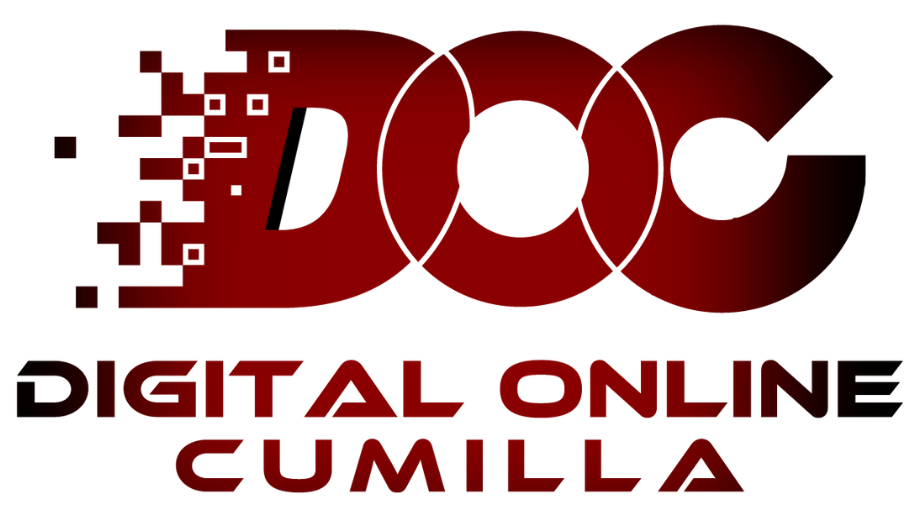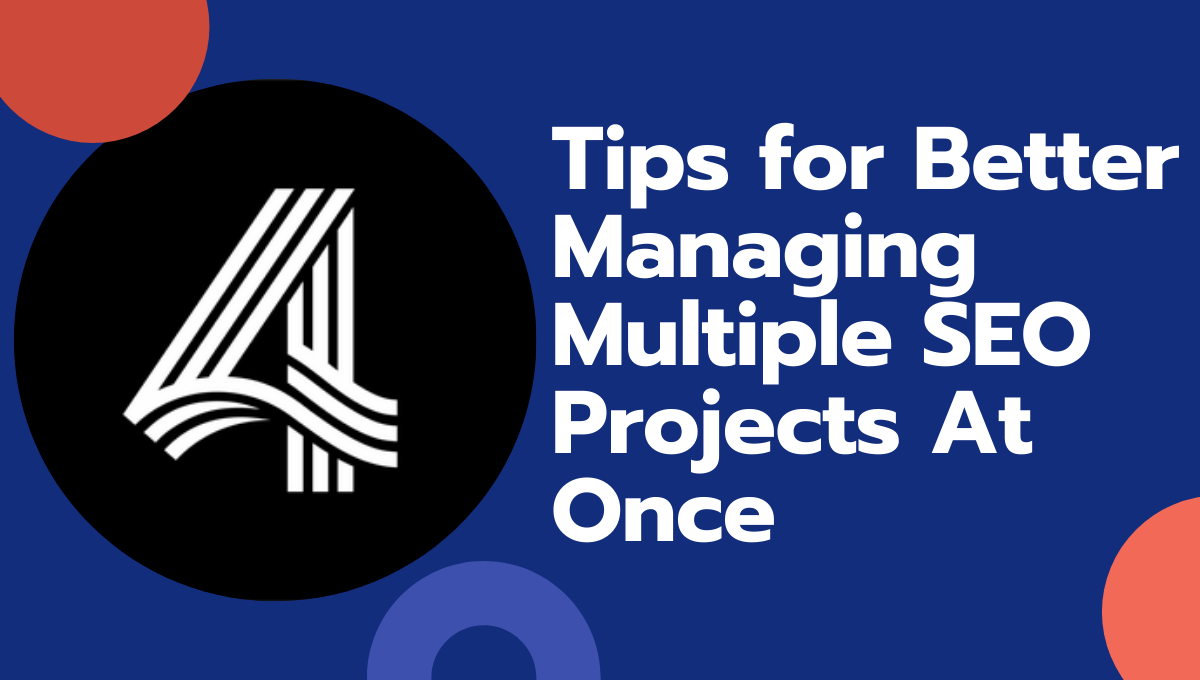Social PPC (Pay Per Click Ad) is a type of paid computerized publicizing, however exclusively for arrangement on Social Media stages. These promotions can be focused on gatherings of clients dependent on socioeconomics, interest in points, or different information assembled by the stage.
6 Steps to create your Pay Per Click Campaign right now
First step: web optimization
Before programming any pay-per-click ad, it is crucial that the website is optimized, especially paying special attention to the landing pages, which are the ones that will work together with the PPC campaigns.
Why are landing pages so important? When internet users click on a PPC ad, it is because they found the content of this ad interesting and, therefore, they want to know more about what was advertised.
Unfortunately, if when they click on the ad they are redirected to a very general or unrelated web page, such as the main page, this potential customer will most likely leave the web. A click on a Pay Per Click ad symbolizes a desire to know more about what was advertised.
For example, if a PPC campaign is created for an ice cream parlor that offers 2×1 ice cream, then the landing page may offer more information about the promotion, a coupon to redeem the free ice cream or something else that is related to the content of the ad.
Therefore, the landing pages of the web must be optimized. If they take a long time to load, are difficult to navigate, or have other technical problems, potential customers can also get tired and leave the web.
6 ideas to make a website a better place:
- Use clear and compelling calls to action.
- Create a simple design, where white space dominates.
- Add attention-grabbing titles and headlines.
- Write content that is clear and direct.
- Use videos and images strategically to retain the user’s attention.
- Make information on the web easy to digest, using dots, bold type, or other visual aids.
Step Two: Select a Bid Type
There are different bidding strategies to choose from. Selecting the one that best suits the needs of each company depends on various factors: the budget, previous experiences with PPC campaigns, and, above all, the objectives set.
One of the first decisions to make is to choose between manual or automated bidding. If you are not familiar with the world of SEM campaigns, the easiest thing to do would be to start with manual strategies, essentially if your budget is not very high, since the manual strategy allows you to put a limit on the cost per click.
On the other hand, automating bids reduces the amount of time it takes to set up and control PPC campaigns but, yes, you can end up paying a little more money.
There are different bid strategies – you can learn more about them with Google – but essentially, you should know that the strategy should be chosen based on the type of objective of the PPC campaign (increase conversions, visibility, or traffic).
Step Three: set a budget for PPC campaigns
Budgeting is one of the most important parts of a PPC campaign. The good thing about these types of marketing campaigns is that they can be created with a limited or quite reduced budget and, in addition, that the money spent in each phase can be controlled.
There are several ways to create a budget for PPC marketing campaigns. You can divide your budget and invest more money depending on your objectives, or you can divide your budget following the indications of this Search Engine Watch study, which concludes that in order to determine the fee that must be paid for each ad, it must be decided which part of the profits can be sacrificed and, at the same time, make the campaign worthwhile.
For the conversion rate, we will have to look at previous data, or we can use the industry-standard which, according to Search Engine Watch, is 2.7%.
Then, the maximum CPC must be multiplied by the number of clicks that are ideally desired, multiplied by the number of days (at least one month) to reach the budget.
Step Four: Search for Keywords
Keyword research is one of the most important tasks that go into setting up an SEM campaign. It will be the skeleton of our campaign. Let’s say that without keywords, there will be no way for Google to know when to show the created ad. Therefore, choosing the correct keywords is one of the key success factors of PPC.
4 tips for searching for keywords:
- Take a look at the keywords your competitors are using.
- Think about what you would search for yourself on Google if you were a user or customer looking for the products or services offered on the web.
- Use the Google Keywords search engine or other tools and platforms to locate opportunities.
- Be specific with your keywords rather than generic and imprecise.
Another important element in keyword research is negative keywords. These will leave out all those searches that you want to exclude or not relate to the company. For example, if a paint company does not paint parking lots, the keyword paint parking lots may be a keyword to exclude.
Step Five: Create a killer ad
Once the landing pages are ready, the budget and bid strategy are in place, and the keywords have been meticulously chosen, it’s time to create the ad. A good ad in the online world is one that is short and direct because we do not have much time to capture the attention of prospects.
Another important factor to consider is having a goal in mind and writing your copy based on that goal.
Also, when creating the ad, it is very important to add a call to action (CTA). Without a CTA, the ad loses all its value since its mission is simply to tell interested prospects what to do next. The CTA, too, should be short and clear, such as “buy now.”
Step Six: put the PPC campaign to the test
Contrary to popular belief, once the PPC campaign has started, the job is still not completely finished. In fact, it is in this phase that the real work begins: it is necessary to analyze the ads and their performance, in order to make the necessary changes for their improvement and optimization.
A good way to test PPC campaigns, and have more data on what works and what doesn’t, is to create an A / B test. Once you know which version gets the best results, it can be adjusted to improve your results.
Conclusion
Creating a PPC campaign is not excessively complicated, but it does require some knowledge of the mechanism of operation and a lot of experience to plan and execute a campaign that generates a good ROI for the company.
What must be remembered is that, first of all, landing pages must be optimized, then a budget must be established and a bid strategy must be chosen.
Next, the keywords must be carefully selected and the ad created with a clear and direct copy. And finally, put the campaign to the test and adapt it to what works best.
Related Article





